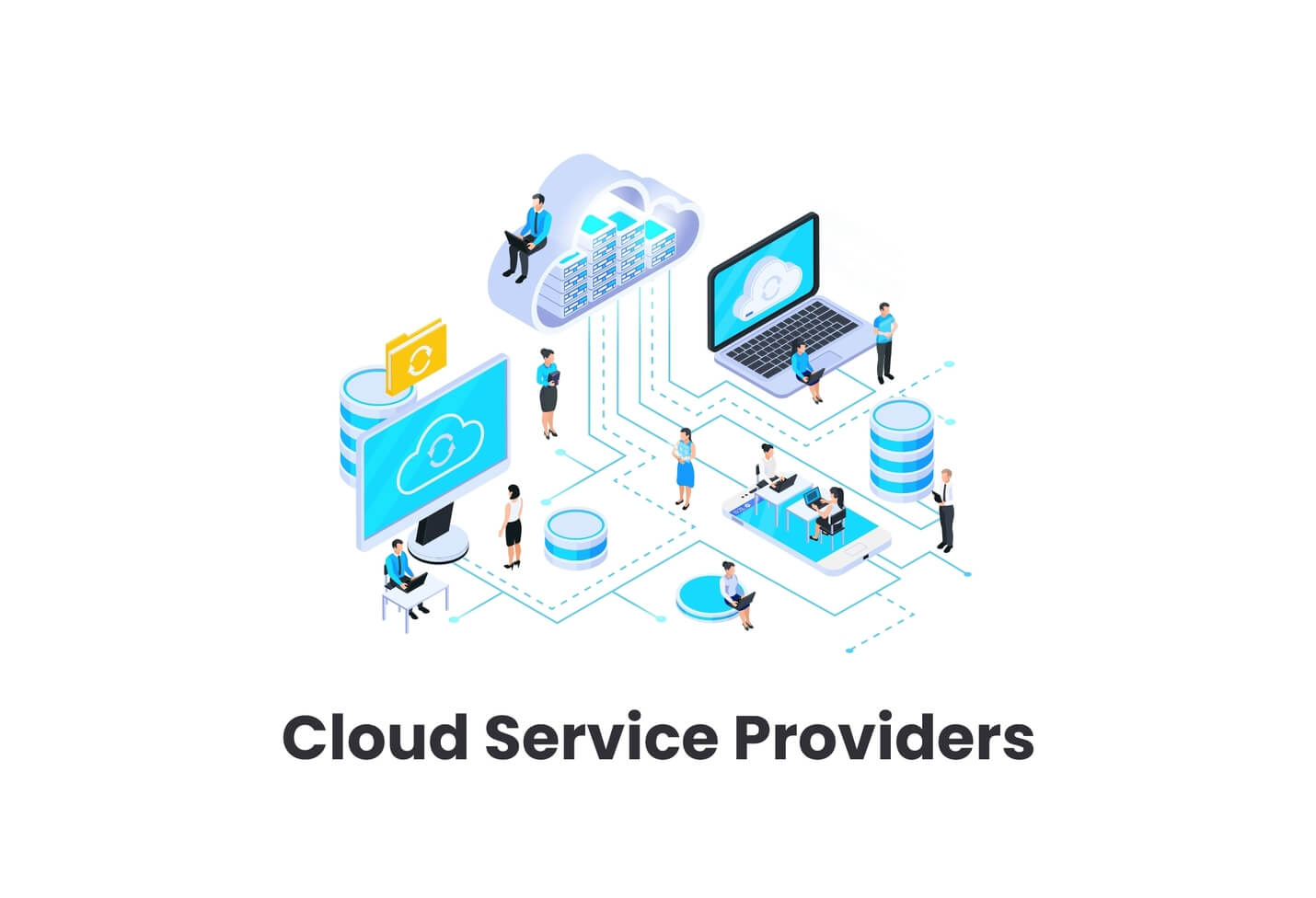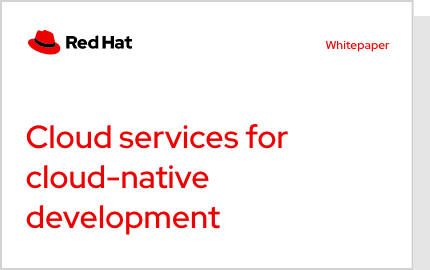Achieve Seamless Scalability With Cloud Services
In the ever-evolving landscape of cloud services, accomplishing seamless scalability stands as a cornerstone for modern-day organizations seeking to stay versatile and affordable. The capacity to effortlessly increase or acquire sources in action to transforming demands is a critical benefit in today's busy electronic atmosphere. By grasping the art of scalable cloud remedies, organizations can not just optimize performance and streamline procedures yet likewise lead the way for future growth and technology. The mission for smooth scalability with cloud services unveils a world of possibilities for those happy to embrace the transformative power of vibrant resource monitoring.
Advantages of Cloud Scalability
Cloud scalability uses organizations the adaptability to dynamically adjust resources based on need, guaranteeing ideal performance and cost efficiency. In addition, cloud scalability promotes development and trial and error by permitting services to quickly evaluate new concepts and scale them as required. Eventually, the benefits of cloud scalability expand beyond cost financial savings to include improved efficiency, agility, and innovation.
Trick Features for Scaling
Effective scaling in cloud services relies on essential attributes that enable companies to readjust sources dynamically based on need. One more essential function is scalability, allowing systems to manage raised workload by including resources flawlessly. Overall, these vital attributes jointly encourage organizations to achieve seamless scalability in cloud services.
Implementing Auto-Scaling Strategies
To effectively optimize source appropriation and adjust to differing workloads, organizations must purposefully carry out auto-scaling approaches in their cloud services infrastructure. Auto-scaling permits systems to instantly readjust the number of calculate resources based on real-time demand. There are numerous auto-scaling techniques that companies can utilize, such as anticipating scaling, which uses historic data to forecast future resource demands, and reactive scaling, which reacts to current work modifications.

Ideal Practices for Scalability
For organizations intending to enhance their scalability in cloud services, applying best techniques is critical for ideal performance and source monitoring. One secret finest method is developing applications with a microservices design. This you can check here approach breaks down applications right into smaller, independent solutions that can be released, updated, and scaled independently, enabling greater flexibility and scalability.
One more important technique is using containerization modern technology, such as Docker or Kubernetes. Containers allow the product packaging of applications and their reliances right into separated systems, making it easier to scale parts independently and release them constantly throughout various atmospheres.
In addition, carrying out automated deployment and facilities as code (IaC) can simplify scalability efforts (linkdaddy cloud services). Automation devices like Terraform or Ansible help in provisioning and handling sources efficiently, lowering hand-operated errors and making it possible for fast scalability
Additionally, keeping an eye on performance metrics, setting up notifies, and conducting normal capability preparation are vital techniques to ensure aggressive scalability management. By adhering to these finest techniques, organizations can accomplish smooth scalability in their cloud solutions while optimizing efficiency and source utilization.
Surveillance Efficiency Metrics
When assessing the performance of cloud solutions scalability, carefully keeping an published here eye on performance metrics is crucial for making sure optimum functionality and resource allowance. By constantly tracking vital efficiency indications (KPIs) such as action times, latency, throughput, and source application, organizations can obtain beneficial insights into the health and performance of their cloud infrastructure. Keeping track of efficiency metrics enables the very early discovery of possible bottlenecks or issues that could influence scalability, enabling aggressive procedures to be taken to resolve them prior to they intensify.

Conclusion
Finally, attaining smooth scalability with cloud services is essential for organizations to maximize efficiency, improve technology, and maintain high click to investigate efficiency levels during peak times. By leveraging the advantages of cloud scalability, carrying out auto-scaling techniques, utilizing vital functions such as elasticity and automation, and following finest techniques like application style and performance surveillance, businesses can efficiently scale their systems while optimizing resource application and performance.
The mission for seamless scalability with cloud solutions reveals a world of possibilities for those eager to accept the transformative power of vibrant source administration.
Cloud scalability uses companies the flexibility to dynamically readjust sources based on demand, making certain ideal efficiency and price effectiveness. One more vital feature is scalability, making it possible for systems to take care of boosted workload by including resources effortlessly.For organizations intending to improve their scalability in cloud solutions, implementing finest practices is essential for ideal performance and resource management.When assessing the efficiency of cloud solutions scalability, closely checking performance metrics is vital for ensuring ideal capability and source appropriation.